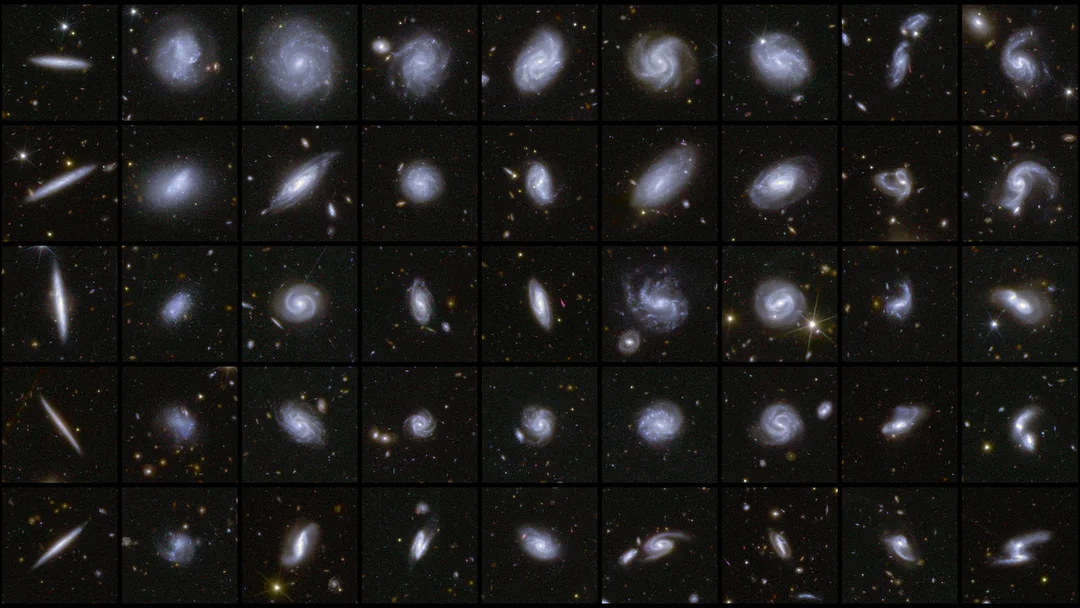
ESA Celebrates 50 Years of Space Exploration: A Look Back and the Challenges Ahead
The European Space Agency (ESA) is celebrating its 50th anniversary this year, marking a half-century of groundbreaking achievements in space exploration. From humble beginnings rooted in the ambitions of European scientists and engineers, ESA has grown into a major player on the global stage. But as the agency looks back on its successes, it also faces new challenges in an increasingly competitive and complex space landscape.
ESA's Origins and Growth
The seeds of ESA were sown after World War II, when many European scientists sought opportunities in the US and Soviet Union. Recognizing the need for a collaborative effort, physicists like Pierre Auger and Edoardo Amaldi proposed a European organization focused on space research. This led to the creation of the European Launcher Development Organisation (ELDO) and the European Space Research Organisation (ESRO), which eventually merged in 1975 to form ESA.
The ESA Convention, signed in May 1975, laid the foundation for the agency's long-term commitment to space exploration. This agreement has been amended over the years to accommodate new members and evolving ambitions. To commemorate this milestone, ESA, with the support of the Archives of the French Ministry for European and Foreign Affairs, has produced a facsimile copy of the original convention and added a digitized copy to the ESA Archives online SHIP database.

Key Achievements and Missions
ESA has been involved in numerous successful missions, including:
- Cos-B: The first satellite launched under ESA, designed to monitor gamma rays from space.
- International Ultraviolet Explorer: A collaboration with NASA and the UK, observing the cosmos in ultraviolet light.
- Hubble Space Telescope: ESA contributed to this iconic telescope, which revolutionized our understanding of the universe.
- James Webb Telescope: ESA provided key instruments for this revolutionary telescope, launched in 2021.
- Giotto: A comet explorer that flew past Halley's comet in 1986.
- Rosetta: A mission that entered orbit around Comet 67P/Churyumov-Gerasimenko and deployed the Philae lander.
- Mars Express: A spacecraft that has been orbiting Mars since 2003, enhancing our understanding of the red planet.
- Huygens: A spacecraft that landed on Titan, Saturn's largest moon, in 2005.
- Sentinel series: Spacecraft that help map agriculture, forests, and the Earth's climate.
- Galileo navigation satellites: Providing a high-precision alternative to GPS.

Celebratory Euro Coins
To mark the 50th anniversary, the Royal Mint of Belgium and the Royal Dutch Mint are issuing limited-edition commemorative euro coins. These coins celebrate ESA's achievements and symbolize its ambitions for the future.
Challenges and the Path Forward
Despite its many successes, ESA faces significant challenges in the evolving space landscape. Competition from emerging space powers like China and India, along with financial pressures, requires the agency to adapt and innovate. Josef Aschbacher, ESA Director General, stated, “Fifty years is a wonderful milestone for the European Space Agency, but really we are just getting started.”
ESA is focusing on strengthening its space exploration and launch capabilities, including exploring the use of a commercial space port in Norway. The agency has also outlined a long-term strategy for 2040, emphasizing key areas such as:
- Protecting Earth and its climate.
- Continuing missions to explore space.
- Boosting European growth and competitiveness.
Looking Ahead
As ESA commemorates its 50th anniversary, it's a time to celebrate the past and look forward to the future. By embracing innovation, fostering collaboration, and focusing on strategic priorities, the agency aims to remain a leading force in space exploration for decades to come.
What do you think are the biggest challenges facing ESA in the next 50 years? Share your thoughts and opinions in the comments below!